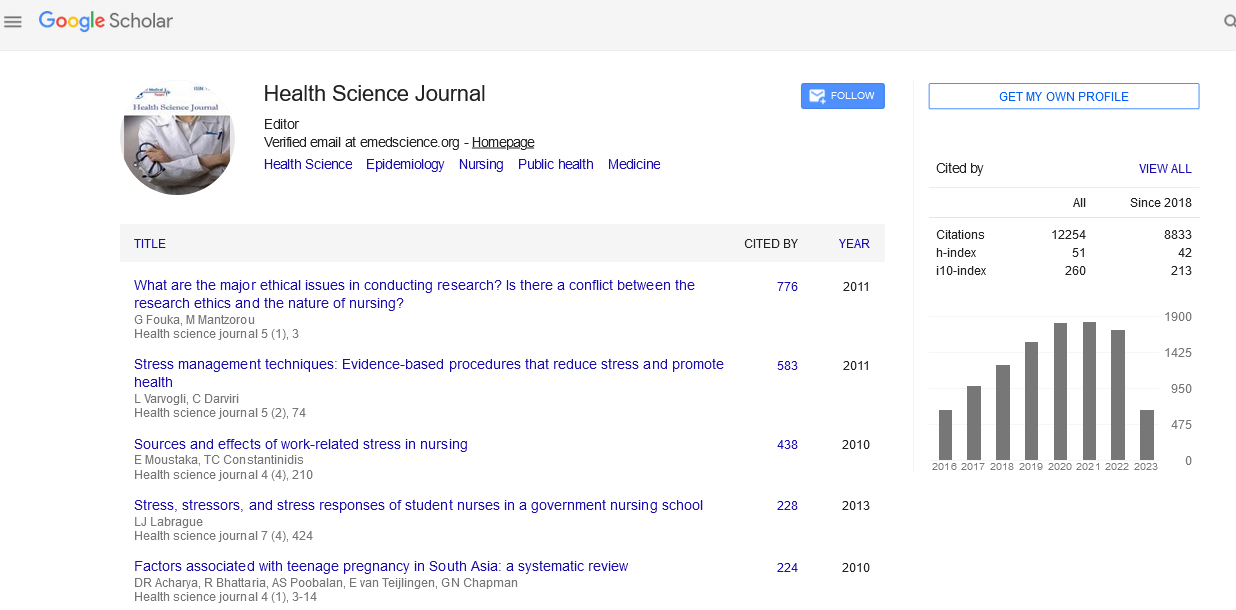Perspective - (2025) Volume 19, Issue 2
Predicting Motor Control in Autism by Measuring Brain Activities and Characterising Motor Impairments
Zaibunnisa L.H. Malik* and
Pooja Raundale
Department of MCA, Sardar Patel Institute of Technology, Mumbai University, Mumbai, India
*Correspondence:
Zaibunnisa L.H. Malik, Department of MCA, Sardar Patel Institute of Technology, Mumbai University, Mumbai,
India,
Email:
Received: 05-Nov-2023, Manuscript No. IPHSJ-23-14248;
Editor assigned: 08-Nov-2023, Pre QC No. IPHSJ-23-14248 (PQ);
Reviewed: 22-Nov-2023, QC No. IPHSJ-23-14248;
Revised: 12-Mar-2025, Manuscript No. IPHSJ-23-14248 (R);
Published:
19-Mar-2025, DOI: 10.36648/1791-809X.19.2.1231
Abstract
The proportion of children with ASD at risk for a motor impairment was very high at 86.9%. Children with ASD did not outgrow their motor impairments and continued to present with a risk for Developmental Coordination Disorder (DCD) even into adolescence. Yet, only 31.6% of children were receiving physical therapy services. To diagnose ASD, the clinical standardized tests are being used. To test and predict ASD the lengthy diagnostic time is required and also these tests are very costly. Machine learning techniques are being used in place of traditional methods to reduce the time and cost required to predict ASD diagnose. The field of Machine Learning, a branch of Artificial Intelligence, is utilized to diagnose Autism Spectrum Disorder (ASD) by treating it as a classification task. The proposed techniques are evaluated on six different non-clinically ASD datasets. We have applied models such as Logistic Regression (LR), Support Vector Machine (SVM), KNearest Neighbors (KNN), Random Forest Classifier (RFC), Neural Network (NN) to our dataset and created predictive models based on the outcome. The main objective of our paper is to determine if the teenager is likely to have ASD or not. The prediction model will help the doctors to streamline the diagnosis process. Based on our results, Logistic Regression (LR) achieved better as compared to other algorithms, with an accuracy close to 95.84%. This research paper focuses on the application of machine learning techniques and the assessment of their effectiveness on an autism spectrum disorder dataset. The results include a comparative analysis of various algorithms for ASD diagnosis.
Keywords
AQ-10; EEG; GAN; AI; Machine learning; Autism; Classification; SVM; KNN; Random forest classifier; Deep learning; Neural network
Introduction
Motor impairments are a prominent but often underrecognized feature of Autism Spectrum Disorder (ASD), presenting as deficits in coordination, gait, posture, and fine motor control. These challenges can hinder daily functioning and social engagement, making the understanding and prediction of motor control in autistic individuals a critical area of research. Recent advancements in neuroscience and neuroimaging have provided novel insights into the neural mechanisms underlying motor dysfunction in autism, offering pathways to both early diagnosis and individualized interventions.
A growing body of evidence suggests that abnormalities in brain structure and function contribute significantly to motor control issues in individuals with ASD. Brain regions implicated in motor planning and execution such as the cerebellum, basal ganglia, and motor cortex often show atypical activity patterns in autistic individuals. Using non-invasive techniques like Electroencephalography (EEG), functional Magnetic Resonance Imaging (fMRI), and Magnetoencephalography (MEG), researchers are now able to map these brain activities with high temporal and spatial resolution.
Description
One promising approach involves using EEG to monitor motor-related brain rhythms, particularly in the mu (8–13 Hz) and beta (13–30 Hz) frequency bands, which are closely tied to motor preparation and execution. Studies have shown altered mu suppression in individuals with ASD during motor imitation tasks, indicating impaired mirror neuron function a system believed to support both motor learning and social cognition. Similarly, reduced connectivity between motor areas and other brain networks may explain difficulties in motor coordination and the integration of sensory feedback.
Motor impairments in autism can also be characterized through behavioral assessments and kinematic analysis. Children with ASD often display delayed motor milestones, poor balance, and difficulties with fine motor tasks such as writing or buttoning clothes. Quantifying these impairments using motion capture systems, force platforms, and wearable sensors provides objective data that can be correlated with brain activity measurements to build predictive models of motor function. Machine learning algorithms are increasingly being applied to these datasets to identify biomarkers that could anticipate motor challenges in ASD with high accuracy.
Importantly, motor impairments may serve as early indicators of autism, sometimes appearing before social and communicative symptoms. By identifying neurophysiological markers associated with motor dysfunction, clinicians may be able to detect autism earlier and design targeted interventions that address both motor and cognitive deficits. Furthermore, understanding the interplay between brain activity and motor behavior can inform the development of neuromodulation therapies, such as Transcranial Magnetic Stimulation (TMS) or neurofeedback, aimed at enhancing motor control through targeted brain stimulation.
Conclusion
In summary, predicting motor control in autism by analyzing brain activities and characterizing motor impairments holds significant potential for improving diagnostic accuracy and therapeutic strategies. As research continues to integrate neuroscience, biomechanics, and computational modeling, it may be possible to create personalized intervention plans that address the unique motor profiles of individuals with ASD, ultimately improving their quality of life and functional independence.
Citation: Malik ZLH, Raundale P (2025) Predicting Motor Control in Autism by Measuring Brain Activities and Characterising Motor Impairments.
Health Sci J Vol:19 No:2





